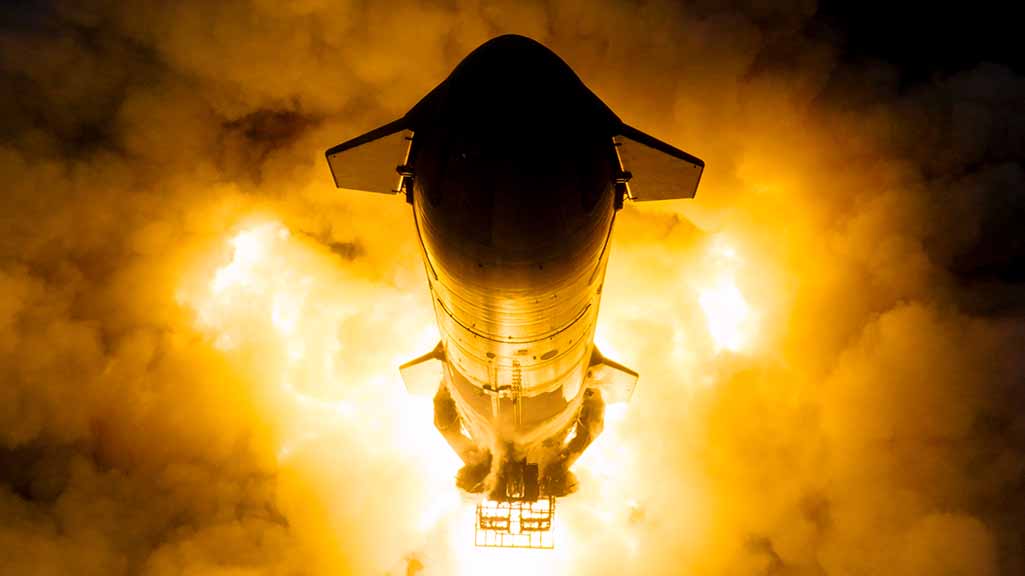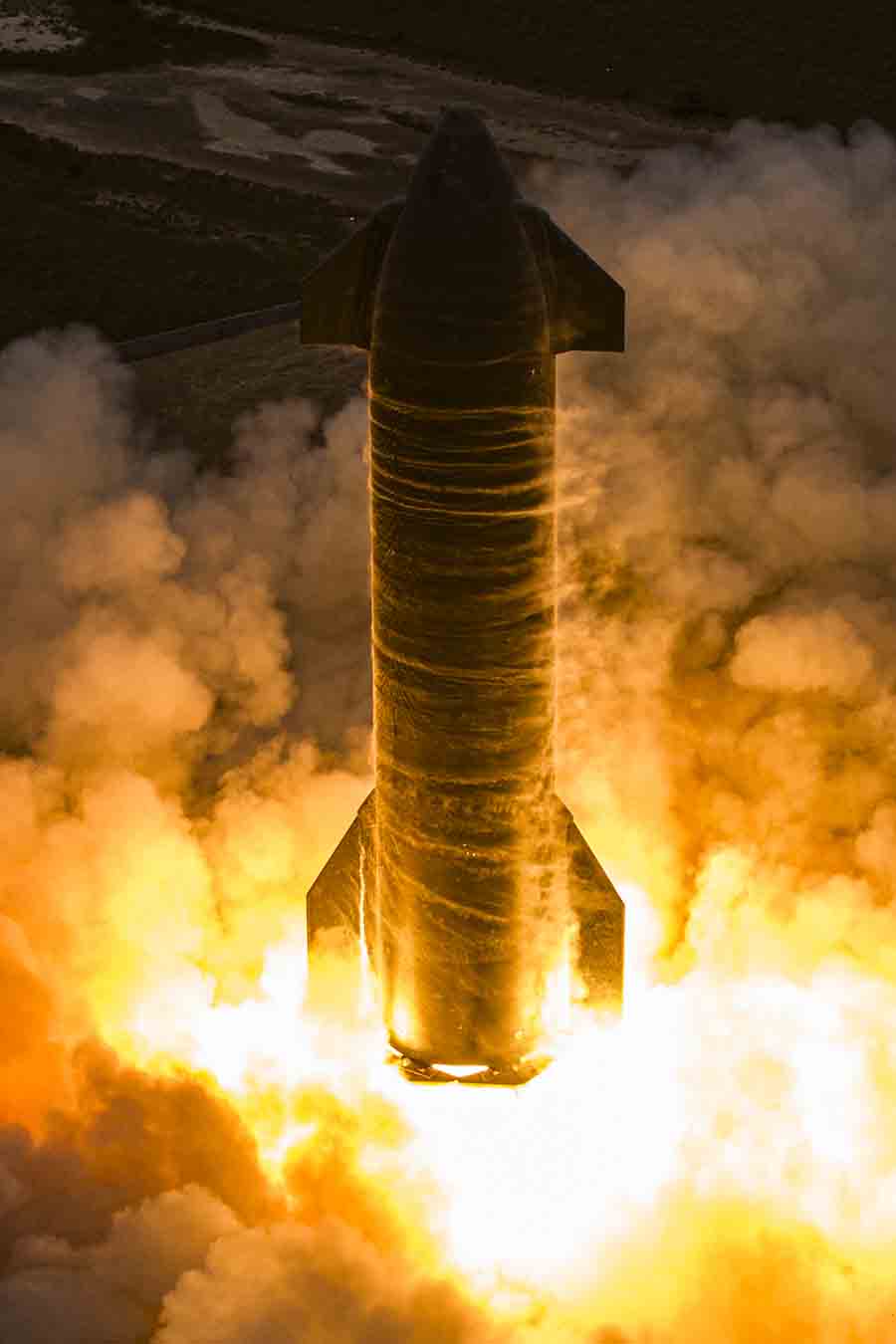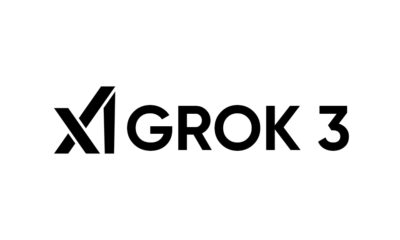SpaceX
SpaceX completes Starship Flight 5 static fire test (video)

Today, SpaceX completed the Starship Flight 5 static fire test and fired six Raptor engines to check its launch readiness within a real flight environment. Earlier this month, the space vehicle maker company moved the Starship 5 spacecraft to the test area.
A video posted on social media site X, formerly Twitter, confirms that the company has kept the engines burning for 3-5 seconds. This is what static fire is all about, testing the engine ignition for a short time without leaving the launch pad.
The latest static fire test comes amid a pending Starship 4 flight test. SpaceX has already completed static fire on the first and second stages. Meanwhile, the Starship Flight 5 test suggests that the company is moving with its plan for rapid assembly. Therefore, it will be ready to conduct the next flight as soon as one month after Starship 4.
Up next, SpaceX could fire the Flight 5’s Super Heavy booster. This topic is picking more interest as the company wants the FAA to increase its per-year flight license quota for the Starship program.
Static fire of Flight 5 Starship’s six Raptor engines pic.twitter.com/UiF5UG432F
— SpaceX (@SpaceX) May 8, 2024
Flight 4:
It’s reported that Starship Flight Four test could happen by the end of this month but SpaceX has shared no details on this matter. The test vehicle is ready and a launch license is still awaited from the Federal Aviation Administration (FFA), which is overseeing the mishap report of Starship Flight 3.
Test flight 3 cleared huge milestones in the development of the Starship program including a full-duration engine burns on both first and second stages. The Starship spacecraft entered orbit for the first time and demonstrated important technology such as propellant transfer.

SpaceX Starship Flight 5 Static Fire Test (Image Credit: SpaceX)
With Starship Flight 4, SpaceX is looking to go even further by achieving a soft landing on two sea splash zones. If successful, the company might attempt to land both stages on a real launch tower with Starship 5.
(source)












